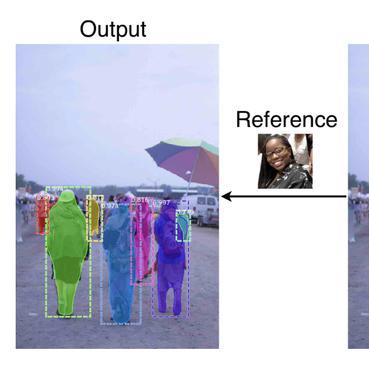Identification of Binary Neutron Star Mergers in Gravitational-Wave Data Using YOLO One-Shot Object Detection
We demonstrate the application of the YOLOv5 model, a general purpose convolution-based single-shot object detection model, in the task of detecting binary neutron star (BNS) coalescence events from gravitational-wave data of current generation interferometer detectors. We also present a thorough explanation of the synthetic data generation and preparation tasks based on approximant waveform models used for the model training, validation and testing steps. Using this approach, we achieve mean average precision ($\text{mAP}_{[0.50]}$) values of 0.945 for a single class validation dataset and as high as 0.978 for test datasets. Moreover, the trained model is successful in identifying the GW170817 event in the LIGO H1 detector data. The identification of this event is also possible for the LIGO L1 detector data with an additional pre-processing step, without the need of removing the large glitch in the final stages of the inspiral. The detection of the GW190425 event is less successful, which attests to performance degradation with the signal-to-noise ratio. Our study indicates that the YOLOv5 model is an interesting approach for first-stage detection alarm pipelines and, when integrated in more complex pipelines, for real-time inference of physical source parameters.
PDF Abstract



 MS COCO
MS COCO